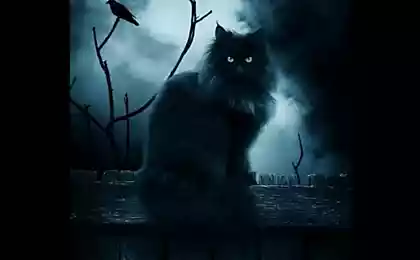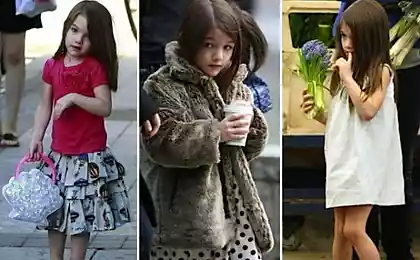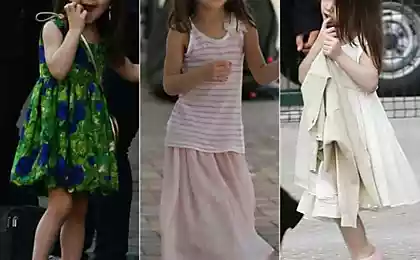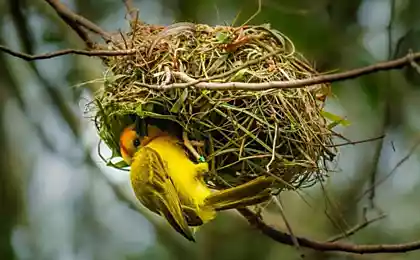234
Alpaca - members of the camel family
Alpacas are probably the cutest members of the camel family, which also includes llamas, guanacos and vicuñas from South America and one- and two-humped camels from Asia and Africa. Fuzzy crests, graceful neck, a naive look and a funny “smile” make the alpaca real handsome ungulates.


But in addition to its charming and bizarre appearance, these creatures boast almost the most silky coat in nature (also called alpaca), which has many uses. It is for this reason that animals are sheared every year. Alpaca is a special fiber that is stronger than Angora wool, thinner than cashmere, smoother than silk, softer than cotton, warmer than goose down and better knitted air. In addition, the alpaca itself has very remarkable features.
591658
The Alpacas were domesticated by the Incas over 6,000 years ago, and they were cultivated to produce extraordinary wool. Due to the quality and all the extraordinary characteristics, alpaca fibers were used exclusively for the elite and nobility.
Alpaca hair is similar to sheep, but it is warmer and does not cause itching. It lacks lanolin, which makes it hypoallergenic, and can be treated without high temperatures or harsh chemicals. Technically, alpaca wool is refractory, in accordance with the strictest tests it was assigned the first class for use in the production of clothing and household items.
Like sheep wool, alpaca fibers are waterproof, but they can absorb moisture thanks to their unique ability to mimic cotton in moisture absorption. It is these properties that make alpaca lighter than wool but warmer than cotton in cool and humid climates. Alpaca fibers come in 16 tones that are recognized in the textile industry, from white and pinkish-gray to rich yellowish-brown. In addition, they can be made of different combinations, which minimizes the need for environmentally dirty staining.

There are two types of alpaca: suri and huakaya. Suri fibers grow long and form silky pigtails. Huakaya hair is thick and curly, like a teddy bear, which makes the animals look very "wool". Huakayas are much more common than suri.
Alpaca and llamas can interbreed perfectly. Their offspring are called huarizo, and these animals are highly valued for their long coat. They use a common dung pile (luckily not where they graze). Due to this tendency, some alpacas have even managed to keep at home.
The buzzing is the most frequent sound produced by the alpaca, which is similar to musical purring. Alpacas buzz when they are interested, content, concerned, bored, afraid or afraid of something. At the moment of surprise, one animal begins a jerky roar, which is picked up by the rest of the alpacas in the herd in the direction of a possible threat. During mating games, romantic alpaca males emit throat sounds.

Source: /users/104


But in addition to its charming and bizarre appearance, these creatures boast almost the most silky coat in nature (also called alpaca), which has many uses. It is for this reason that animals are sheared every year. Alpaca is a special fiber that is stronger than Angora wool, thinner than cashmere, smoother than silk, softer than cotton, warmer than goose down and better knitted air. In addition, the alpaca itself has very remarkable features.
591658
The Alpacas were domesticated by the Incas over 6,000 years ago, and they were cultivated to produce extraordinary wool. Due to the quality and all the extraordinary characteristics, alpaca fibers were used exclusively for the elite and nobility.
Alpaca hair is similar to sheep, but it is warmer and does not cause itching. It lacks lanolin, which makes it hypoallergenic, and can be treated without high temperatures or harsh chemicals. Technically, alpaca wool is refractory, in accordance with the strictest tests it was assigned the first class for use in the production of clothing and household items.
Like sheep wool, alpaca fibers are waterproof, but they can absorb moisture thanks to their unique ability to mimic cotton in moisture absorption. It is these properties that make alpaca lighter than wool but warmer than cotton in cool and humid climates. Alpaca fibers come in 16 tones that are recognized in the textile industry, from white and pinkish-gray to rich yellowish-brown. In addition, they can be made of different combinations, which minimizes the need for environmentally dirty staining.

There are two types of alpaca: suri and huakaya. Suri fibers grow long and form silky pigtails. Huakaya hair is thick and curly, like a teddy bear, which makes the animals look very "wool". Huakayas are much more common than suri.
Alpaca and llamas can interbreed perfectly. Their offspring are called huarizo, and these animals are highly valued for their long coat. They use a common dung pile (luckily not where they graze). Due to this tendency, some alpacas have even managed to keep at home.
The buzzing is the most frequent sound produced by the alpaca, which is similar to musical purring. Alpacas buzz when they are interested, content, concerned, bored, afraid or afraid of something. At the moment of surprise, one animal begins a jerky roar, which is picked up by the rest of the alpacas in the herd in the direction of a possible threat. During mating games, romantic alpaca males emit throat sounds.

Source: /users/104























